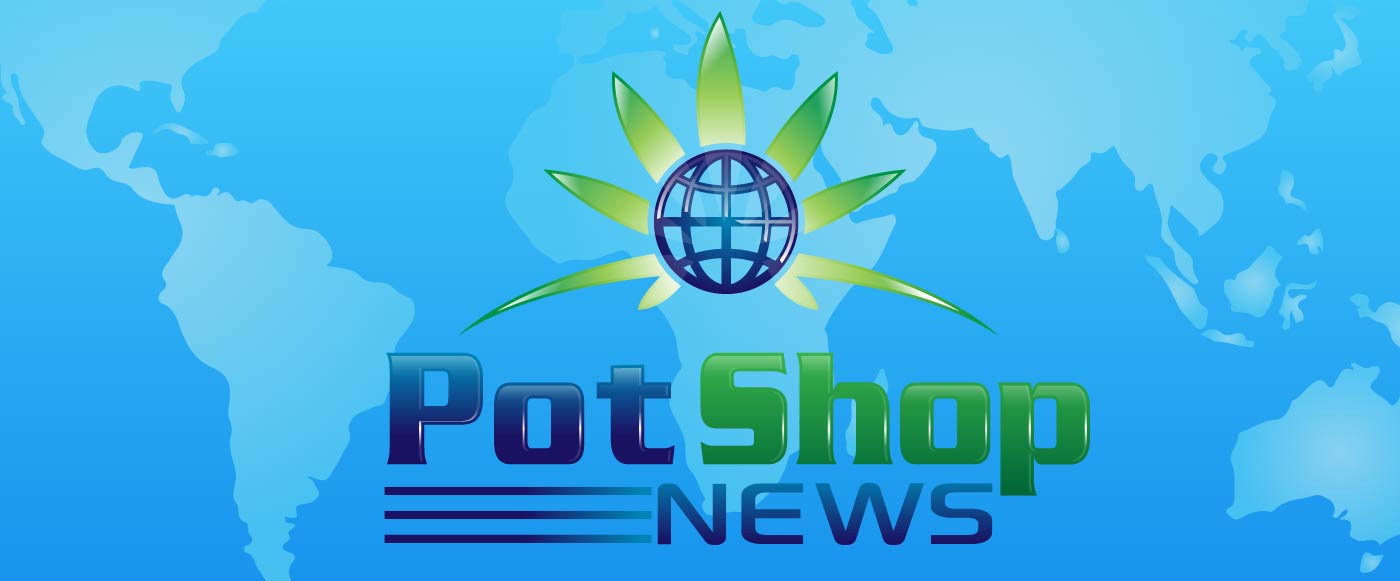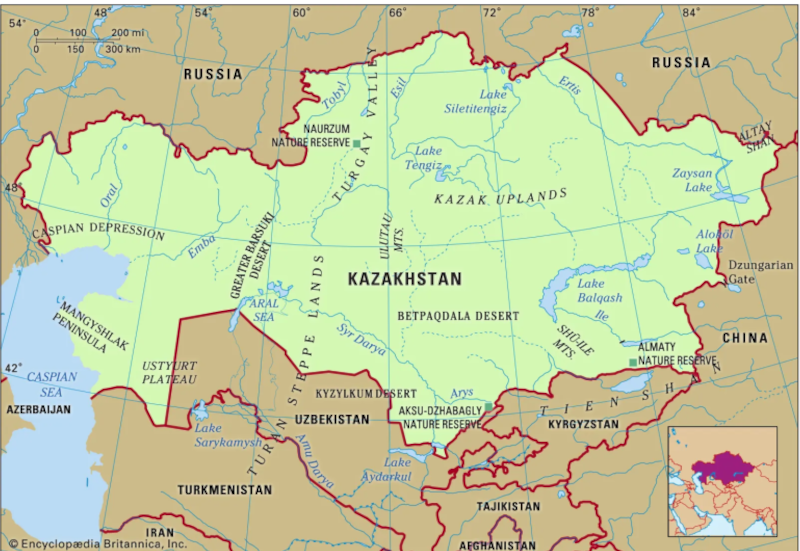A new era has begun for Kazakhstan’s agricultural and industrial policy, as the government officially approved the cultivation of industrial hemp and launched a pilot initiative that aims to encourage wider adoption among farmers and manufacturers.
The government said it hopes the move will stimulate rural job creation, attract sustainable industry investment, and support the country’s transition to a more diversified and environmentally responsible economy.
The pilot project is already underway in the Kostanay region, where one agricultural enterprise has begun growing and processing industrial hemp under one of four new licenses issued by the Ministry of Internal Affairs. In the Ualikhanov district of the North Kazakhstan region, a second full-cycle agro-industrial complex is in the planning stages, with negotiations ongoing to secure land for planting.
A shift in strategy
The reform comes after the Mazhilis, Kazakhstan’s lower house of parliament, approved legislative changes last month that legalized industrial hemp farming under a THC limit of 0.3% – a standard generally observed around the world. The move reflects Kazakhstan’s broader effort to eliminate unnecessary internal regulations and align its economy with global sustainability trends.
“With the right technologies and full-cycle processing, industrial hemp can power a new wave of job creation, economic diversification, and ecological resilience,” the Ministry of Agriculture said in a statement. “This crop is a renewable source of raw materials that is actively used in industry, agriculture, medicine and the food industry, contributing to sustainable development and reducing the ecological footprint.”
Authorities have emphasized that industrial hemp differs significantly from marijuana, which is native in some parts of the country. “Wild-grown cannabis in the Chüy Valley can contain more than 15% THC, while industrial hemp is limited to just 0.1% to 0.3%,” said Deputy Minister of Internal Affairs Sanzhar Adilov. “This type of crop is not of interest to recreational drug users or drug traffickers.”
By establishing a lower benchmark (0.1%) as well as an upper limit (0.3%), the government has created a defined chemical window that differentiates industrial hemp from both marijuana (>0.3% THC) and from crops that might not even qualify as hemp agronomically – non-viable varieties or those with essentially zero cannabinoids.
Illicit to industrial
The Chüy Valley – located in southeastern Kazakhstan’s Jambyl region – has long been known for its extensive wild cannabis fields, with estimates suggesting up to 400,000 hectares of naturally occurring cannabis plants. Likewise, the southern Kyzylorda region has been a major focus of drug enforcement efforts. Since 2014, authorities have seized over 230 tons of cannabis drugs in those two regions combined.
This background underscores the significance of Kazakhstan’s new regulatory approach. By clearly distinguishing between low-THC industrial hemp and illicit high-THC cannabis, the government is aiming not only to encourage legal cultivation, but also to redirect historical cannabis zones toward legitimate, eco-friendly industrial production. Anti-narcotics units will oversee hemp operations to ensure compliance.
Toward green industry
Kazakhstan’s legalization of industrial hemp opens the door to new economic sectors, including textiles, paper, construction, and bioplastics. The government noted that hemp is widely valued for its rapid growth, low water needs, and ability to grow pesticide-free, making it a strategic crop for regenerative farming and circular manufacturing models.
The Ministry of Agriculture said it has identified over 500 possible product applications for hemp—from paper and textiles to insulation panels, biocomposites, and even gunpowder.
Hempcrete, a carbon-negative building material made from hemp and lime, has been highlighted as one example of hemp’s potential in the green construction sector. In the paper industry, reintroducing domestic hemp production could reduce dependence on imports, which once cost Kazakhstan over $100 million annually.
In addition to imports, the initiative also supports environmental goals and broader national strategies for rural development, and industrial innovation, according to the government.
Past efforts rekindled
Kazakhstan has a long, complicated relationship with hemp. In 2016, the National Chamber of Entrepreneurs proposed using hemp for local paper production, and test crops were planted in four regions. Though that effort faltered due to limited political will at the time, today’s push is backed by institutional support and regulatory clarity.
High-level figures have long argued for hemp’s inclusion in national biodiversity and economic development strategies. In 2018, then Vice Minister of Agriculture Yerlan Nysanbayev stated: “Hemp should be considered as one of the plants of the plant world. It cannot be considered as a negative plant. This species should be preserved as part of our ecological chain.”
That initiative was supported by then Deputy Prime Minister Dariga Nazarbayeva, daughter of former President Nursultan Nazarbayev. However, the proposal did not receive full support from the government, which resulted in its shelving.
The new legislation and pilot programs mark the first time those visions are being implemented on a coordinated, government-backed scale.
The reform comes after the Mazhilis, Kazakhstan’s lower house of parliament, approved legislative changes last month. Read More


